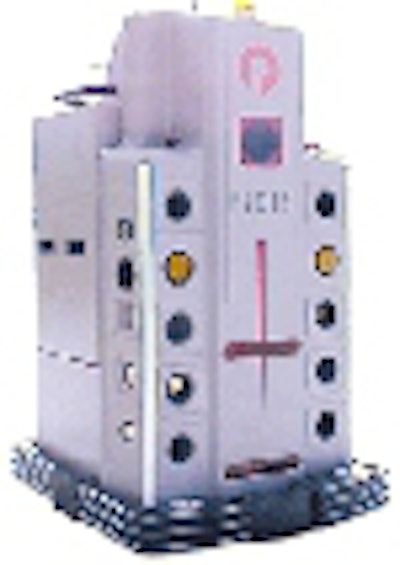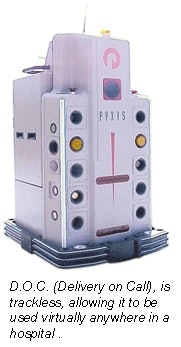
AuntMinnie.com is pleased to present the second in an ongoing series of practice management articles contributed by the Radiology Consulting Group in Boston. This twice-monthly series addresses topics and issues of concern to radiology administrators and business managers.
By Jean A. Eliot, ConsultantRadiology Consulting Group

PACS is often cited as a technological solution to the problem. Digital image management networks are designed to replace cumbersome processes and promote simultaneous and instantaneous access to images.
Almost all hospitals and radiology practices in the U.S. either have PACS or are in the process of evaluating the technology. Few analysts would disagree that digital image management has taken center stage, but beyond PACS, what other types of creative, technological solutions are radiology practices using to enhance productivity and reduce costs?
The dilemma of dollars and sense
Massachusetts General Hospital (MGH) in Boston was able to solve a difficult problem by using new technology creatively. In August 1999, MGH was in the second year of its PACS initiative. It had decreased its film usage by 60%, and was ready to move the film library from its position in the center of the radiology department to a smaller site.
The only available site for the library was located in the sub-basement (one floor below the basement). Because of obstructions between the walls and floors where it needed to travel unhindered, the film transport systems of the old library -- a dumbwaiter and a mechanical tube system -- could not be installed.
MGH was still dependent on the distribution of hard-copy film for both comparison reading and surgical procedures, thus the film-library move created a dilemma. How would the existing hard-copy film be transported from the sub-basement to where it was needed?
The department's Image Service Center (ISC), formerly the film library, faced a difficult challenge. The ISC estimated that an additional eight full-time equivalents (FTEs) costing a total of $250,000 would be needed to continue film transport 24 hours a day. Senior administration had no budget dollars to fund these FTEs, yet the emergency room, intensive care units, and operating theaters had to have the films delivered.
A new kid in town
Instead of hiring additional staff, a new team member was introduced to the hospital's ISC: A five-foot, 600-lb robotic courier that reported for duty in April 2000. The robot was initially acquired through a leasing program. The facility considered leasing the robot, but decided to purchase because that was more in line with the department’s fiscal strategy. Thus, instead of an additional $250,000 in recurring FTE costs, the robot was purchased for $110,000.
 |
After a three-month trial period and a hospital-wide naming contest, D.O.C. (Delivery on Call), was put to work transporting patients’ radiology folders. The D.O.C. unit is trackless, which allows it to be used virtually anywhere in the hospital. It summons the elevator through radio control, carries up to 200 pounds, and runs on battery power.
D.O.C. is recharged overnight and has a spare battery for emergencies. Its route is programmed and easily modified, which makes it versatile and upgradeable. New sites can be programmed and added to its route as needed. Training staff to direct D.O.C. is quick and easy, with the usual training session lasting 30 minutes. And little technical support or knowledge is needed for D.O.C.'s day-to-day operation.
Moreover, welcoming its first robot hasn't hurt the ISC's staff morale. D.O.C. was the star of a media blitz last spring, appearing on local television, as well as being featured in two local newspapers. The D.O.C. unit also attends radiology events to promote goodwill, and lobby for more work for its department.
Other departments have sought to use D.O.C. during its off-hours at the ISC, to see if the radiology group's solution can be applied to other areas of the facility. The pathology labs are currently running a pilot program with the ISC to decide whether to purchase their own unit, while the laboratory is piggybacking on D.O.C’s scheduled route to evaluate its efficiency and dependability.
By Jean A. EliotAuntMinnie.com contributing writer
April 30, 2001
Related Reading
Click here to post your comments about this story. Please include the headline of the article in your message.
Copyright © 2001 AuntMinnie.com



















